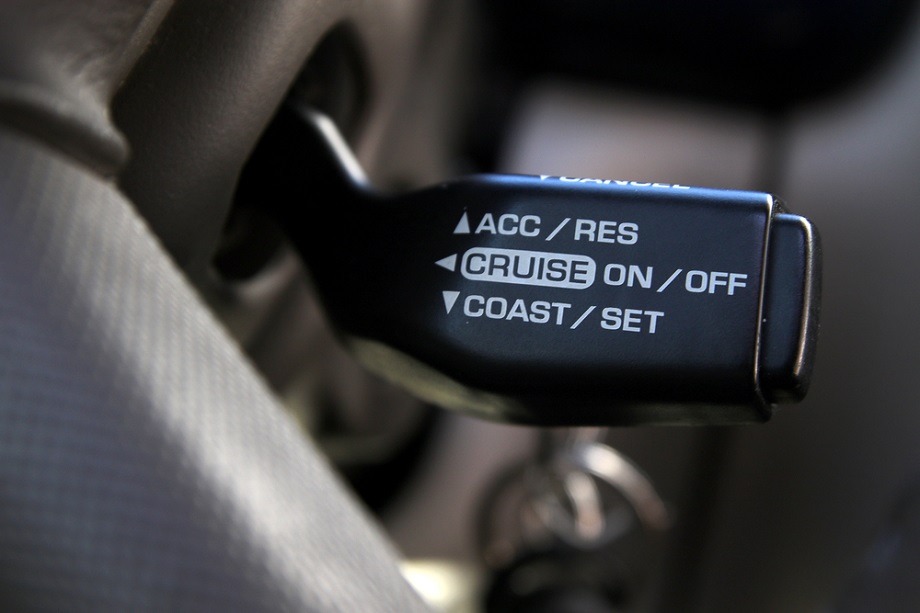by H&h Admin
Adaptive cruise control is a safety feature found in most modern cars and in this article, we break down just how it works and why it is also known as a ‘driver aid’.
Safety features such as Adaptive Cruise Control (ACC) used to be the norm only in big, expensive vehicles. However, over the years, ACC and other features have steadily made their way into smaller more affordable cars.
In order to understand how ACC works, we must first look at the cruise control function.

Cruise Control
Simply put, cruise control is a very useful feature that makes long-distance driving easy and quite relaxed. You just set the speed at which you’d like to travel then activate cruise control. The function maintains your desired speed and; to cancel it, all you have to do, is tap the brakes.
Adaptive Cruise Control
ACC is an enhancement of cruise control and works in pretty much the same way as does conventional cruise control. Although ACC is able to maintain whatever speed you set it to, the difference between the two is that ACC automatically adjusts the speed of your vehicle to match the speed of the one in front of you.

If the car ahead of yours slows down, ACC in your vehicle will intuitively reduce speed to match it; but when the leading vehicle accelerates or moves out of your way, ACC increases your vehicle’s speed till it gets to the speed you had initially set and had been traveling at.
Adaptive cruise control uses high-tech radars, sensors and onboard computers, to ‘read’ the road ahead of you for traffic. ACC uses distance, direction and approximate speed to determine the speed of your vehicle and the distance between your vehicle and the one ahead of it.

As with most things, there are some pros and cons to using adaptive cruise control.
PROS
- The car uses less fuel due to it maintaining a steady pace.
- It makes driving long distances comfortable and stress-free.
- Set to the legal speed limit, adaptive cruise control helps keep you on the right side of the law.
CONS
- Adaptive cruise control cannot be used in all types of weather may not be effective on ice, snow, fog, rain and gravel.
- Can lead to accidents due to one’s mind zoning out, also known as ‘highway hypnosis’.
- May lead to delayed driver reactions such as late braking.






